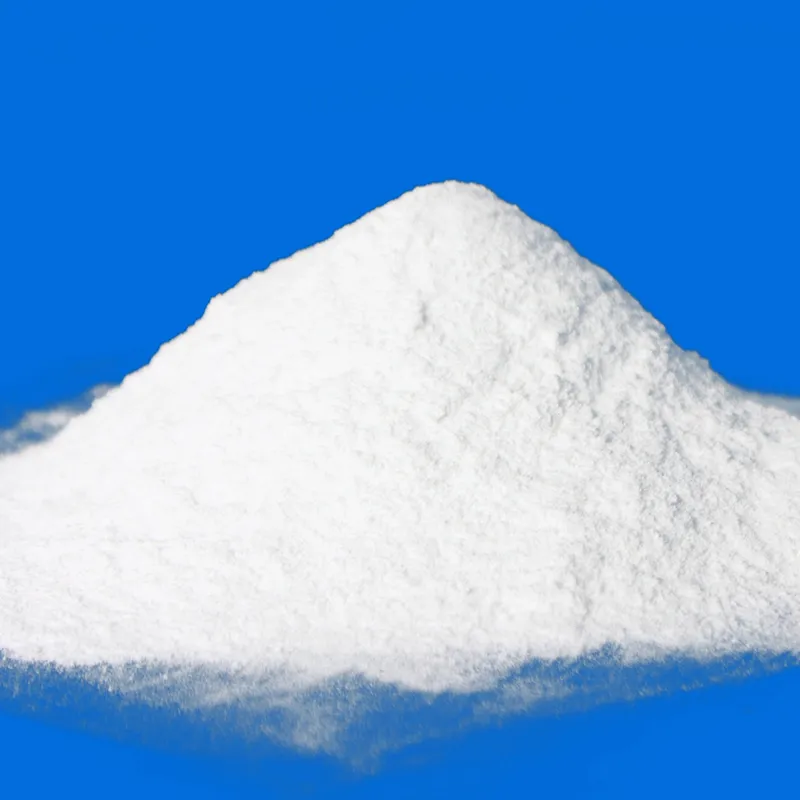
Understanding the Composition and Ingredients of Aspartame in Food Products
What is Aspartame and What is it Made Of?
Aspartame is an artificial sweetener that has been a subject of both praise and controversy since its approval by the U.S. Food and Drug Administration (FDA) in 1981. It is widely used in various food and beverage products as a sugar substitute, appealing primarily to those looking to reduce their caloric intake without sacrificing sweetness. Understanding what aspartame is made of and how it works is crucial for consumers who are conscious of their dietary choices.
Chemical Composition
Aspartame is a dipeptide methyl ester composed of two amino acids phenylalanine and aspartic acid, along with a methyl ester group. The chemical formula for aspartame is C14H18N2O5, and its molecular structure reflects the combination of these components. Each of the amino acids plays a significant role in the sweetening properties of aspartame.
1. Phenylalanine This is an essential amino acid, meaning that our bodies cannot produce it and must obtain it from food sources. Phenylalanine is crucial for producing proteins and other important molecules in the body. However, individuals with a genetic disorder known as phenylketonuria (PKU) must avoid phenylalanine, as they cannot metabolize it properly.
2. Aspartic Acid This non-essential amino acid is naturally present in many foods and is critical for many bodily functions, including hormone synthesis and neurotransmitter activity. Aspartic acid contributes to the flavor profile of aspartame and works synergistically with phenylalanine to create the sweet taste that consumers enjoy.
3. Methyl Ester The methyl ester group enhances the solubility of aspartame, allowing it to dissolve easily in water-based solutions, which is vital for its application in beverages and other food products.
Sweetening Power
aspartame what is it made of

Aspartame is approximately 200 times sweeter than sucrose (table sugar), which allows manufacturers to use it in much smaller quantities. This means that products can achieve the desired sweetness without the extra calories that come from sugar. When consumed, aspartame is broken down into its constituent amino acids and methanol in the body, all of which are also naturally occurring substances. The breakdown products are used by the body in various metabolic processes.
Uses in Food Industry
Aspartame is commonly found in diet sodas, sugar-free gum, low-calorie desserts, and many other processed foods and drinks. It is valued not only for its sweetness but also for its ability to provide a sugar-like taste without the accompanying calories, making it especially popular among weight-conscious consumers and diabetics.
Controversy and Safety
Despite its widespread use, aspartame has been at the center of various health debates. Some studies have suggested potential links between aspartame consumption and health issues, including headaches, allergic reactions, and other adverse effects. However, extensive research conducted by numerous health organizations, including the FDA, the European Food Safety Authority (EFSA), and the World Health Organization (WHO), has consistently concluded that aspartame is safe for human consumption when consumed within established acceptable daily intake levels.
Conclusion
Aspartame is a fascinating example of how science can create alternatives to natural ingredients. With its specific composition of amino acids and methyl ester, aspartame offers a potent sweetening solution for those looking to reduce sugar intake. As consumers continue to seek healthier options, understanding what aspartame is made of can help them make informed choices about the products they consume. Whether you view it as a useful tool or a controversial additive, aspartame remains a significant player in the world of food and beverage.
-
Aluminum Hydroxide: Quality Gels & Dried Gel AntacidNewsAug.31,2025
-
Buy High-Quality Trichloroisocyanuric Acid for Sale | TCCA 90% SupplierNewsAug.30,2025
-
Pure Sodium Dichloroisocyanurate Dihydrate | Powerful DisinfectantNewsAug.29,2025
-
Industrial Chemicals: Quality & Purity for Every IndustryNewsAug.28,2025
-
Nitrile Rubber Honoring Strict Production StandardsNewsAug.22,2025
-
Aspartame Ingredients Honoring Food Safety ValuesNewsAug.22,2025
-
Fertilizer for Balanced Plant NutritionNewsAug.22,2025
Hebei Tenger Chemical Technology Co., Ltd. focuses on the chemical industry and is committed to the export service of chemical raw materials.
-

view more DiethanolisopropanolamineIn the ever-growing field of chemical solutions, diethanolisopropanolamine (DEIPA) stands out as a versatile and important compound. Due to its unique chemical structure and properties, DEIPA is of interest to various industries including construction, personal care, and agriculture. -

view more TriisopropanolamineTriisopropanolamine (TIPA) alkanol amine substance, is a kind of alcohol amine compound with amino and alcohol hydroxyl, and because of its molecules contains both amino and hydroxyl. -

view more Tetramethyl Thiuram DisulfideTetramethyl thiuram disulfide, also known as TMTD, is a white to light-yellow powder with a distinct sulfur-like odor. It is soluble in organic solvents such as benzene, acetone, and ethyl acetate, making it highly versatile for use in different formulations. TMTD is known for its excellent vulcanization acceleration properties, which makes it a key ingredient in the production of rubber products. Additionally, it acts as an effective fungicide and bactericide, making it valuable in agricultural applications. Its high purity and stability ensure consistent performance, making it a preferred choice for manufacturers across various industries.





